INTRODUCTION
W hy do we hike? To exercise? To enjoy some pleasant scenery? To get from A to B? When we asked our global network of 200 travel writers to tell us about their most memorable hikes, it soon became abundantly clear that the reasons went much deeper than that. Life-changing was a phrase that cropped up numerous times. For some it seems hiking is about the personal challenge the sense of reward and confidence born of completing a long-distance trail from end to end, or reaching the summit of a mountain. For others it is about gaining an understanding to follow historic or religious trails and learn (and feel) how our ancestors got about before motorised transportation. One common theme is the sense of connection you can achieve with a destination when you put one foot in front of the other, repeatedly, for hours, and days, on end. In his classic 1879 hiking memoir, Travels with a Donkey in the Cvennes, Robert Louis Stevenson explains, The great affair is to move; to feel the needs and hitches of our life more clearly; to come down off this feather-bed of civilisation, and find the globe granite underfoot and strewn with cutting flints.
This book is intended to inspire hiking in all its myriad and flinty forms. We have selected 50 of the best and most inspiring routes suggested by our pool of travel writers, from athletic one-day summits to months of pacing through valleys and across ridgeways and international borders. These hikes cover almost every corner of the globe. The classics are well represented by the likes of the Pacific Crest Trail, Angels Landing and the Long Trail in the USA, the W Trek in Patagonia, and several of the Great Walks in New Zealand. Wildlife and walking have always gone hand in hand and we have included hikes that involve encounters with giraffe and zebra (the Zambian walking safari), moose and grizzly bear (the Skyline Trail), and echidna and koala (the Gold Coast Hinterland hike). The intrepid will not be disappointed: we feature hikes in remote areas of India, Indonesia and the Caucasus, and walks across empty stretches of the Great Wall of China. We commune with pilgrims in Tibet and venture on expeditions deep into the South American jungle. And lets not forget the planets great cities: urban areas can be rich and invigorating hiking destinations themselves, from the bridges of Sydney to the history and architecture along the Thames in London to the skyline trails of Hong Kong.
HOW TO USE THIS BOOK
The main stories in each regional chapter feature first-hand accounts of fantastic hikes within that continent. Each includes a factbox to help plan the trip the best time of year to hike, how to get there, where to stay. But beyond that, these stories should spark other ideas. Weve started that process with the more like this section that follows each story, offering other ideas along a similar theme, not necessarily on the same continent. On the contents page, the hikes have been colour coded according to their difficulty, which takes into account not just how long, remote and challenging they are but their logistics and local conditions. The index collects different types of hike for a variety of interests.
Its important to note that many of the routes in this book are difficult and challenging. Whether youre a fleet-footed, seasoned hiker or a novice embarking on your very first trek, please ensure that youre adequately prepared and have taken appropriate safety precautions to help prevent against risks or dangers to yourself and others.
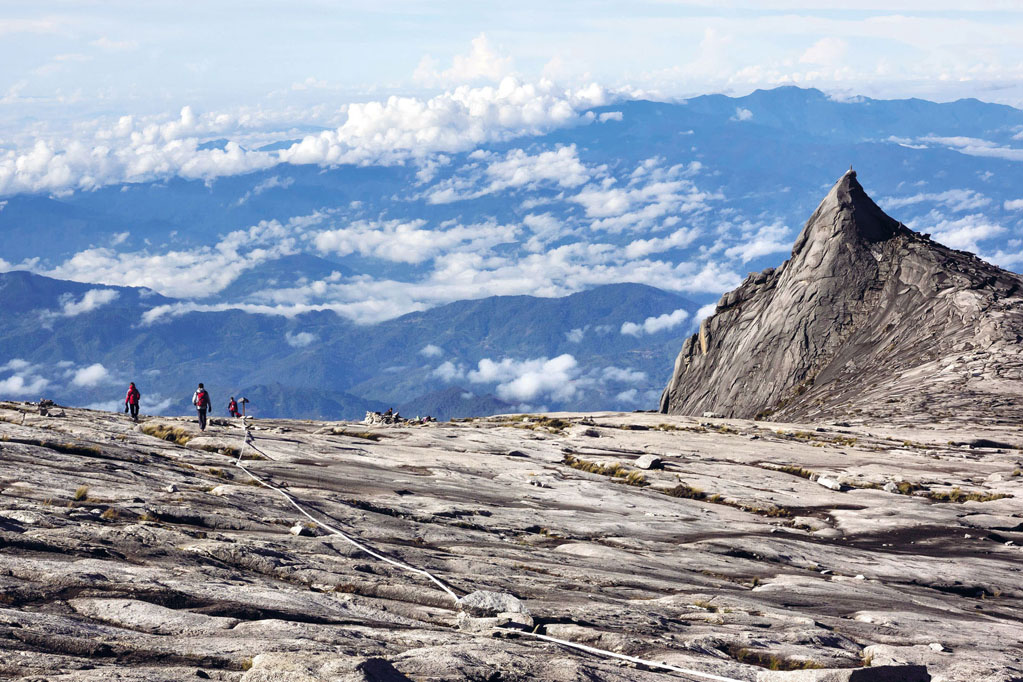
Rmnunes | Getty
hikers at the top of Mt Kinabalu in Borneo
.jpg)
Justin Foulkes | Lonely Planet
trekking through snow in the Swiss Alps
.jpg)
Rafal Cichawa | Getty
the lost city of Choquequirao

Naruedom Yaempongsa | Shutterstock
regarding the view on the Routeburn Track, New Zealand
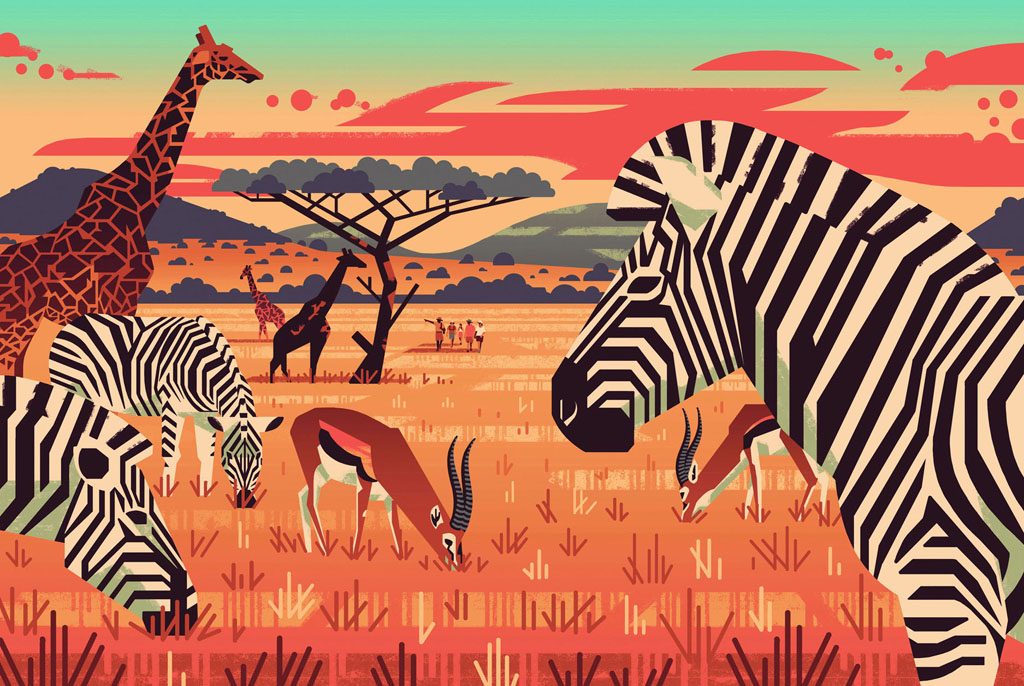
- EPIC HIKES OF THE WORLD -

CAPE TOWNS THREE PEAKS IN THREE DAYS
Instead of admiring Cape Towns mountains from the city, flip things around and scale the Mother Citys peaks for a view of the skyline, hills and coast.
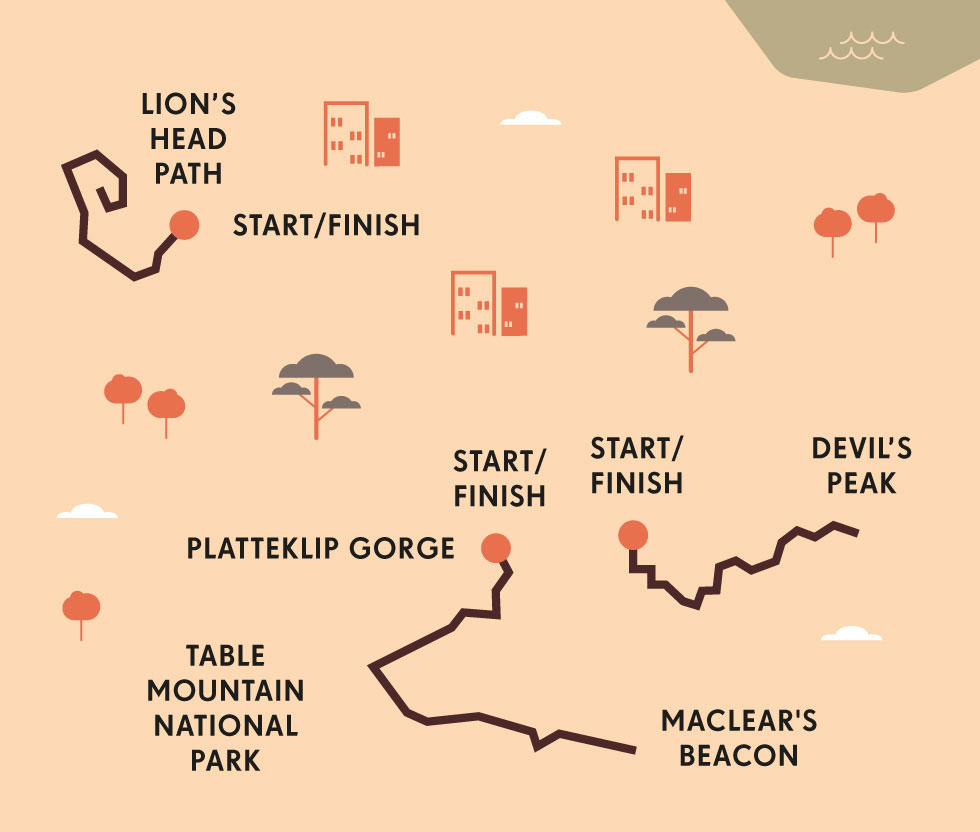
W e stood, shivering, on Table Mountains famously flat top. A sense of achievement was in the air, and not just because wed managed to ascend the mountain on a day when the infamous Table Cloth was blissfully absent. The layer of thick cloud is renowned for its tendency to roll in and obliterate the vistas of Cape Town below. But our view was unobscured and for the third time that weekend we surveyed the city panorama far beneath our feet.
Over the past three days we had tackled the trio of peaks that watch over Cape Town Lions Head, Devils Peak and Table Mountain. These are not the most daunting peaks in the world to scale. All three added together still fall short of South Africas highest mountain and that in turn is half the height of Kilimanjaro. Yet climbing one, two or three of the peaks is a beautiful way to see one of the most beautiful cities in the world.
Hard-core hikers like to up the challenge by tackling all three peaks in one day, but for mere mortals, the hikes are best completed over the course of a weekend, interspersed with shopping, beach trips or long lunches in Cape Towns side streets. And so, one Friday evening we joined the after-work crowd gathering on the road leading towards Lions Head.
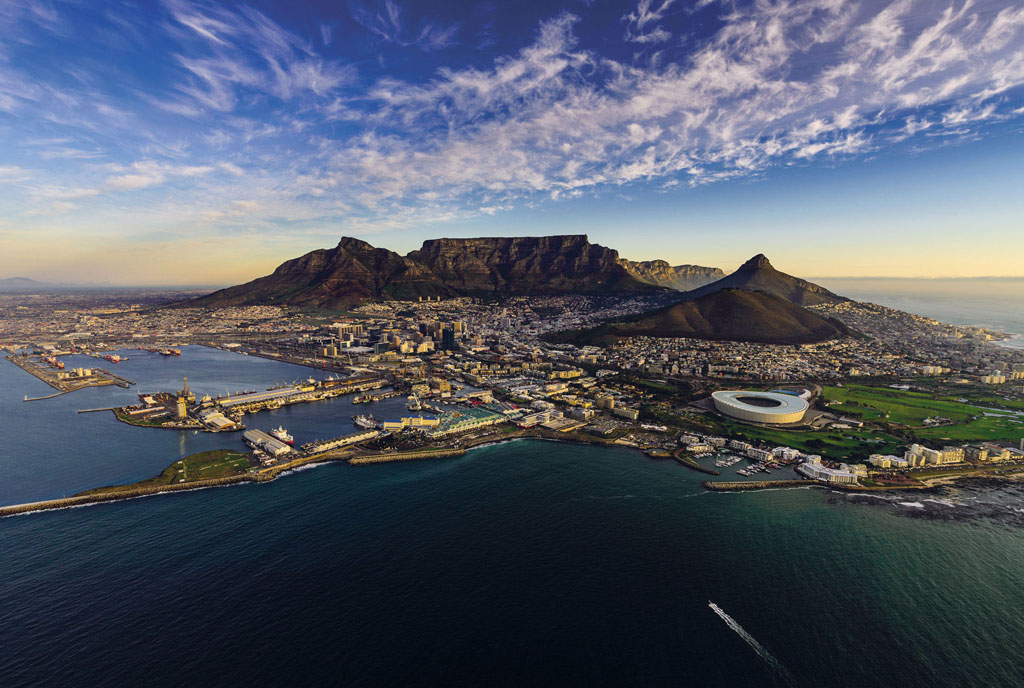
Alexcpt | Getty
the magnificent cityscape of Cape Town
It doesnt matter what time of day you choose to ascend the 2195ft (669m) hill youre always going to have plenty of company. Early risers head up for a sunrise over the city, a steady line of hikers climb throughout the day and on a full moon the diminutive peak is packed with wine-toting walkers here to watch the sun set and the moon rise.
Its only about an hour from the car park to the top, but just because its short and slap bang in a city, that doesnt make the walk easy. There are vertiginous ledges, steep inclines and for those who crave a touch of adventure, a route that involves clinging on to ladders and chains manacled to the mountainside. If youre a little queasy with heights, you can bypass the ladders just keep an eye out for the sign marking the detour.

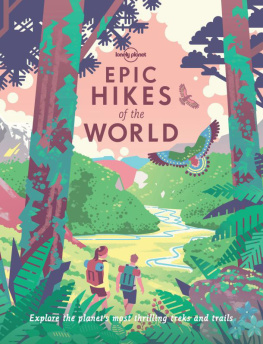



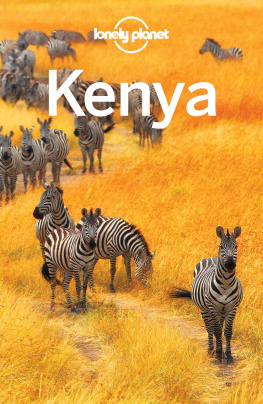

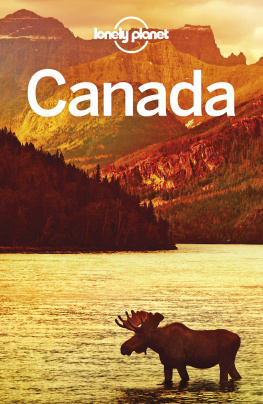



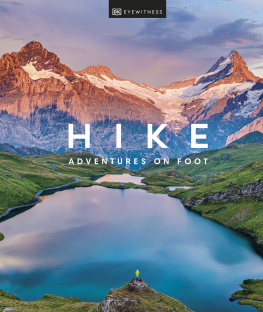
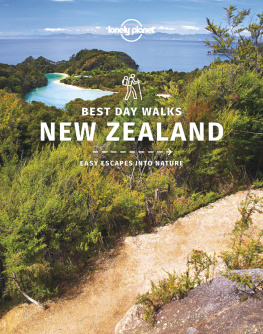
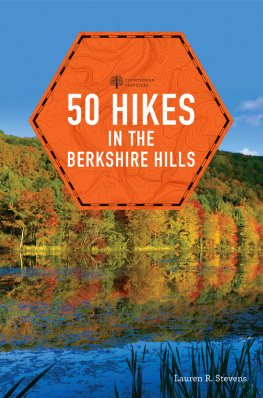
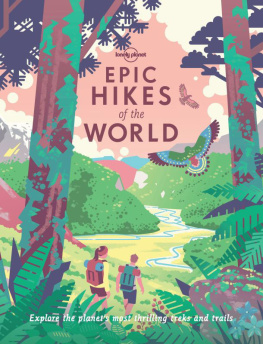
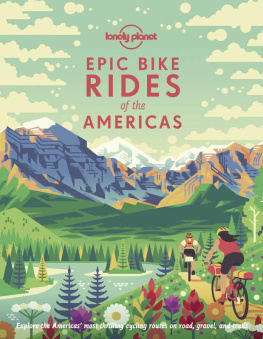



.jpg)
.jpg)




